Growing Awareness of Health Benefits
The Organic Coagulant Market is witnessing a surge in awareness regarding the health benefits associated with organic coagulants. As consumers become more health-conscious, there is a growing preference for products that are free from synthetic additives. This trend is particularly evident in the food and beverage sector, where organic coagulants are being utilized to improve product quality and safety. The market is projected to grow at a rate of 6% per year, driven by this increasing consumer awareness. Companies are responding by developing organic coagulants that not only meet safety standards but also enhance the nutritional profile of products. This focus on health benefits is likely to propel the demand for organic coagulants, thereby contributing to the overall expansion of the Organic Coagulant Market.
Rising Demand for Eco-Friendly Solutions
The Organic Coagulant Market is experiencing a notable increase in demand for eco-friendly solutions. As consumers become more environmentally conscious, industries are shifting towards sustainable practices. This trend is particularly evident in sectors such as water treatment and food processing, where organic coagulants are preferred over synthetic alternatives. The market for organic coagulants is projected to grow at a compound annual growth rate of approximately 7% over the next five years, driven by the need for safer and more sustainable products. Companies are investing in research and development to enhance the efficacy of organic coagulants, which further supports this growth. The shift towards eco-friendly solutions not only aligns with consumer preferences but also meets regulatory requirements aimed at reducing environmental impact.
Expansion of Applications Across Industries
The Organic Coagulant Market is experiencing an expansion of applications across various industries. Traditionally used in water treatment, organic coagulants are now being adopted in sectors such as food processing, pharmaceuticals, and cosmetics. This diversification is driven by the versatility of organic coagulants, which can effectively address different coagulation needs. For instance, in the food industry, organic coagulants are utilized for clarifying juices and improving the texture of dairy products. Market analysts predict that the expansion into new applications could lead to a growth rate of approximately 7% over the next few years. This trend indicates a broader acceptance of organic coagulants, which is likely to enhance their market presence and contribute to the overall growth of the Organic Coagulant Market.
Increased Regulatory Support for Natural Products
Regulatory support for natural products is becoming increasingly prominent within the Organic Coagulant Market. Governments and regulatory bodies are implementing policies that favor the use of organic and natural coagulants over synthetic chemicals. This shift is driven by growing concerns regarding health and environmental safety. For example, regulations that limit the use of harmful chemicals in water treatment processes are encouraging industries to adopt organic alternatives. The market is expected to benefit from these regulatory changes, with a projected increase in the adoption of organic coagulants across various sectors. Analysts estimate that the market could expand by approximately 5% annually as industries comply with these regulations, thereby enhancing the overall growth trajectory of the Organic Coagulant Market.
Technological Advancements in Coagulation Processes
Technological advancements are playing a crucial role in the Organic Coagulant Market. Innovations in extraction and processing techniques have led to the development of more effective organic coagulants. For instance, advancements in biotechnology have enabled the production of coagulants from natural sources, enhancing their performance in various applications. The market is witnessing an influx of new products that offer improved efficiency and lower dosages, which can significantly reduce operational costs for industries. As a result, the adoption of these advanced organic coagulants is expected to rise, with market analysts predicting a growth rate of around 6% annually. This trend indicates a shift towards more efficient and sustainable coagulation methods, which is likely to reshape the landscape of the Organic Coagulant Market.


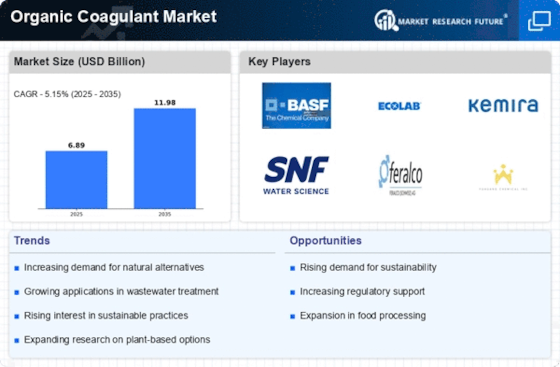

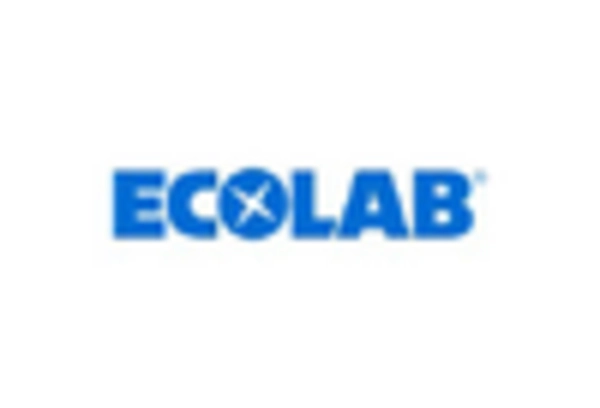
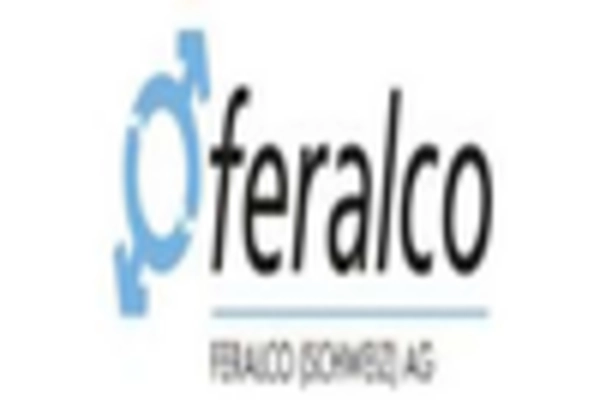
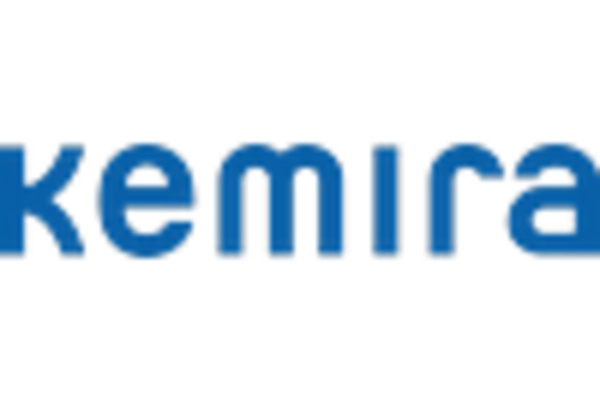
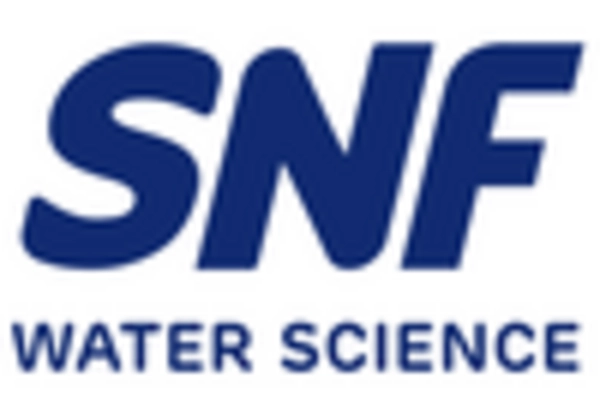
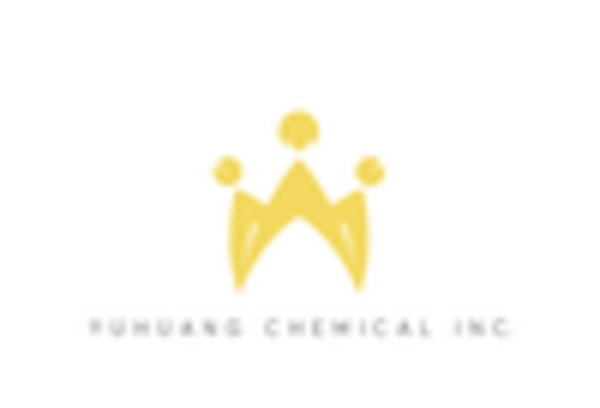








Leave a Comment